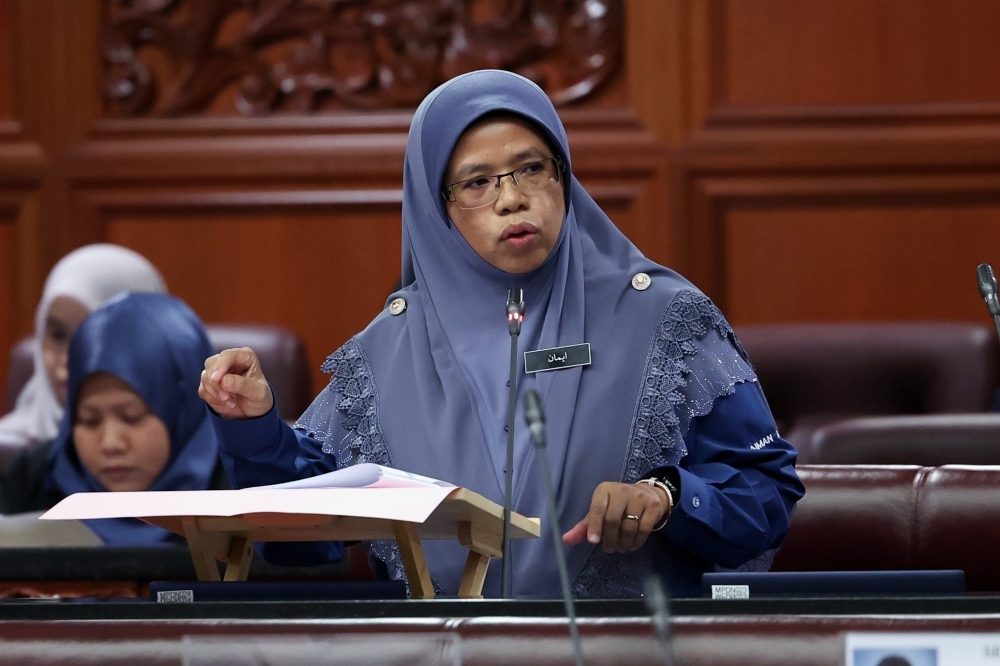Male Infertility: 60 per cent of sperm tested have abnormal results

KUALA LUMPUR - Male infertility issues in Malaysia are at an alarming level, according to the Women, Children, and Community Development Ministry.
Its Deputy Minister Aiman Athirah Sabu told the Dewan Negara yesterday, the sperm analysis data from the National Population and Family Development Board (LPPKN) shows that 60 per cent of tests have abnormal results.
"This directly contributes to the increase in fertility problems in couples in Malaysia," she said during the question-and-answer session.
"The birth rate in our country also showed a downward trend over the last 40 years, and it is closely related to the fertility rate, with data from the Statistics Department showing 1.7 children for every married woman in 2021," she added.
She was responding to Senator Datuk Dr Dominic Lau Hoe Chai who asked about the measures taken by the ministry to deal with the declining birth rate in this country.
"The men wellness clinic started operating in October last year at the LPPKN Subfertility Clinic in the federal capital, and the service would be expanded to six other LPPKN clinics in the peninsula and Sarawak this year," Aiman Athirah said.
She explained that this clinic offers health screening services, consultation for sexual problems and healthy living practices, as well as medical treatment to increase fertility.
She also highlighted that LPPKN has been offering fertility treatments since 1979, namely at the Subfertility Clinic in Penang for the northern zone, in Kuala Lumpur for the central zone and in Johor for the southern zone to help married couples deal with fertility problems.
The deputy minister said the initiative has resulted in 6,000 pregnancies and 4,000 births so far, which is on a par with international fertility treatment centres.
She added that the factors contributing to the decline in the fertility rate included lifestyle changes and high living costs, the participation of women in the labour force as well as late marriages leading to a shorter reproductive age.











